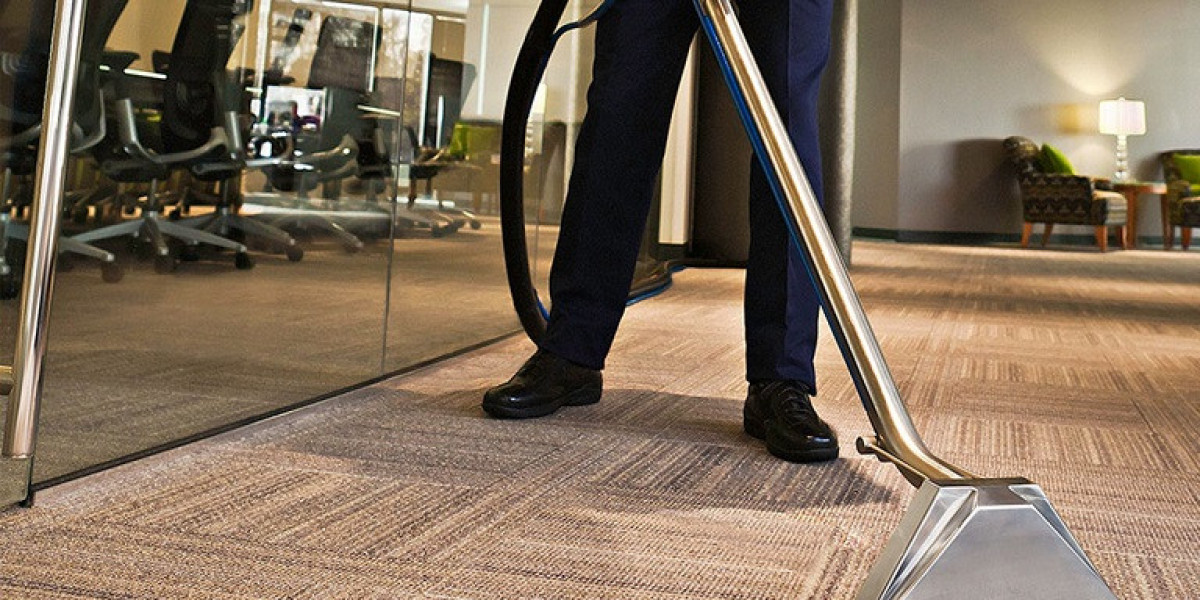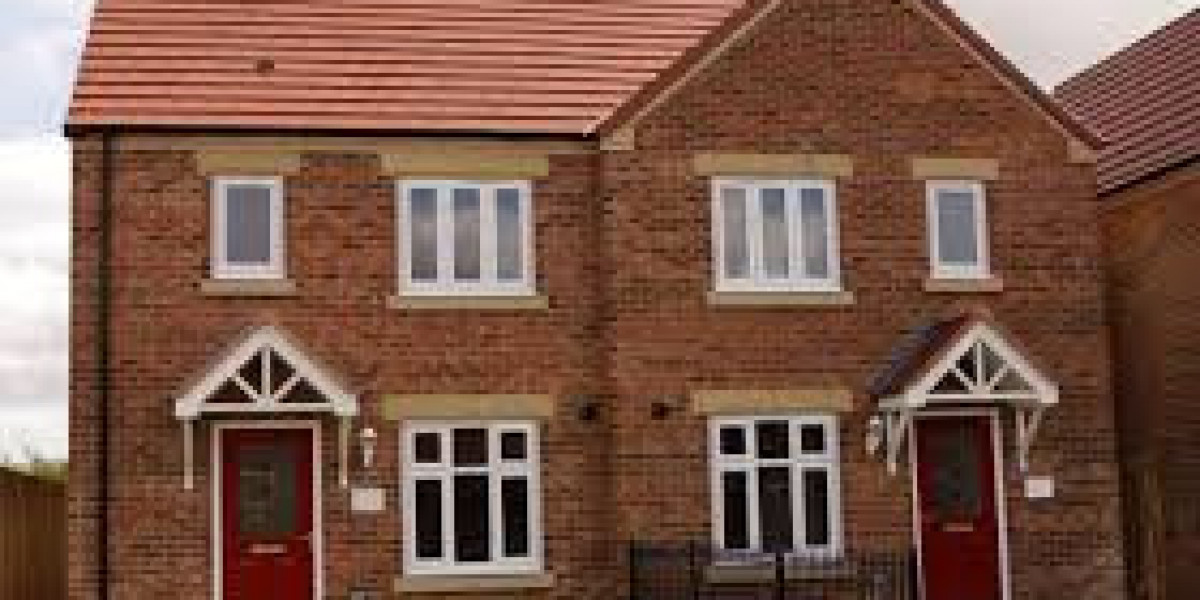Introduction
In recent years, the construction and renovation sectors have witnessed a significant shift towards the adoption of energy-efficient materials, particularly in window manufacturing. Among these materials, Unplasticized Polyvinyl Chloride (UPVC) has emerged as a popular choice for windows due to its durability, energy efficiency, and low maintenance requirements. This article delves into the characteristics, advantages, installation considerations, and environmental impact of UPVC windows, providing a comprehensive overview for homeowners, builders, and architects.
What is UPVC?
UPVC, or Unplasticized Polyvinyl Chloride, is a rigid form of PVC that is widely used in the construction industry. Unlike regular PVC, UPVC does not contain plasticizers, which makes it more stable and less prone to deformation. The material is known for its excellent resistance to weathering, corrosion, and chemical exposure, making it an ideal choice for external applications such as windows and doors.

Characteristics of UPVC Windows
- Durability: UPVC windows are highly resistant to the elements, including UV radiation, moisture, and temperature fluctuations. This durability ensures that they maintain their appearance and functionality over many years, often lasting up to 30 years or more without significant degradation.
- Energy Efficiency: One of the most significant benefits of UPVC windows is their energy efficiency. They are designed with multi-chambered profiles that trap air, providing excellent insulation. This insulation helps to reduce heat loss in winter and keeps interiors cool in summer, leading to lower energy bills and a smaller carbon footprint.
- Low Maintenance: UPVC windows require minimal maintenance compared to traditional wooden windows. They do not need painting or staining and can be cleaned easily with soap and water. This low maintenance requirement is particularly appealing to homeowners seeking hassle-free solutions.
- Security Features: UPVC windows can be fitted with advanced locking mechanisms and reinforced frames, providing enhanced security against break-ins. The material itself is tough and difficult to break, adding an extra layer of protection for homes.
- Variety of Designs: UPVC windows come in various styles, colors, and finishes, allowing homeowners to choose options that complement their architectural designs. They can be customized to fit different window shapes and sizes, making them versatile for both modern and traditional homes.
Advantages of UPVC Windows
- Cost-Effectiveness: Although the initial cost of UPVC windows may be higher than that of aluminum or wooden windows, their long lifespan and low maintenance costs make them a cost-effective option in the long run.
- Sound Insulation: UPVC windows are effective at reducing noise pollution, making them ideal for homes located in busy urban areas. The multi-chambered design and double or triple glazing options further enhance their sound insulation properties.
- Environmental Impact: UPVC is a recyclable material, and many manufacturers have adopted sustainable practices in its production. When UPVC windows reach the end of their lifespan, they can be recycled into new products, reducing landfill waste.
- Thermal Performance: The thermal performance of UPVC windows is significantly better than that of traditional materials. By minimizing heat transfer, they help maintain comfortable indoor temperatures and reduce reliance on heating and cooling systems.
Installation Considerations
Installing UPVC windows requires careful planning and execution to ensure optimal performance. Here are some key considerations:
- Professional Installation: While DIY installation may seem cost-effective, it is advisable to hire professional installers who have experience with UPVC windows. Proper installation is crucial for ensuring airtight seals and maximizing energy efficiency.
- Choosing the Right Style: Homeowners should consider the architectural style of their homes when selecting UPVC window designs. Options include casement, sliding, tilt-and-turn, and sash windows, each offering unique benefits and aesthetics.
- Glazing Options: The choice of glazing can significantly impact the performance of UPVC windows. Double glazing is standard, but triple glazing is available for even better insulation and noise reduction.
- Building Regulations: Before installation, it is essential to check local building regulations and obtain necessary permits. Compliance with energy efficiency standards is crucial for new builds and renovations.
Environmental Considerations
The environmental implications of UPVC windows are a significant factor in their growing popularity. As the world moves towards sustainable building practices, UPVC windows offer several advantages:
- Energy Savings: By improving energy efficiency in homes, UPVC windows contribute to lower energy consumption and reduced greenhouse gas emissions. This aligns with global efforts to combat climate change.
- Recyclability: UPVC is recyclable, and many manufacturers have established programs to reclaim and recycle old windows. This reduces the demand for new raw materials and minimizes waste.
- Sustainable Manufacturing: Many UPVC window manufacturers are adopting eco-friendly practices, such as using recycled materials in production and implementing energy-efficient manufacturing processes.
Conclusion
In conclusion, UPVC windows represent a modern solution for homeowners and builders seeking energy efficiency, durability, and low maintenance. Their numerous advantages, including cost-effectiveness, sound insulation, and environmental benefits, make them an attractive option for residential and commercial applications. As sustainability continues to be a priority in construction, UPVC windows will likely play an integral role in the future of building practices. By understanding the characteristics and benefits of UPVC windows, stakeholders can make informed decisions that contribute to energy-efficient and environmentally friendly building solutions.






